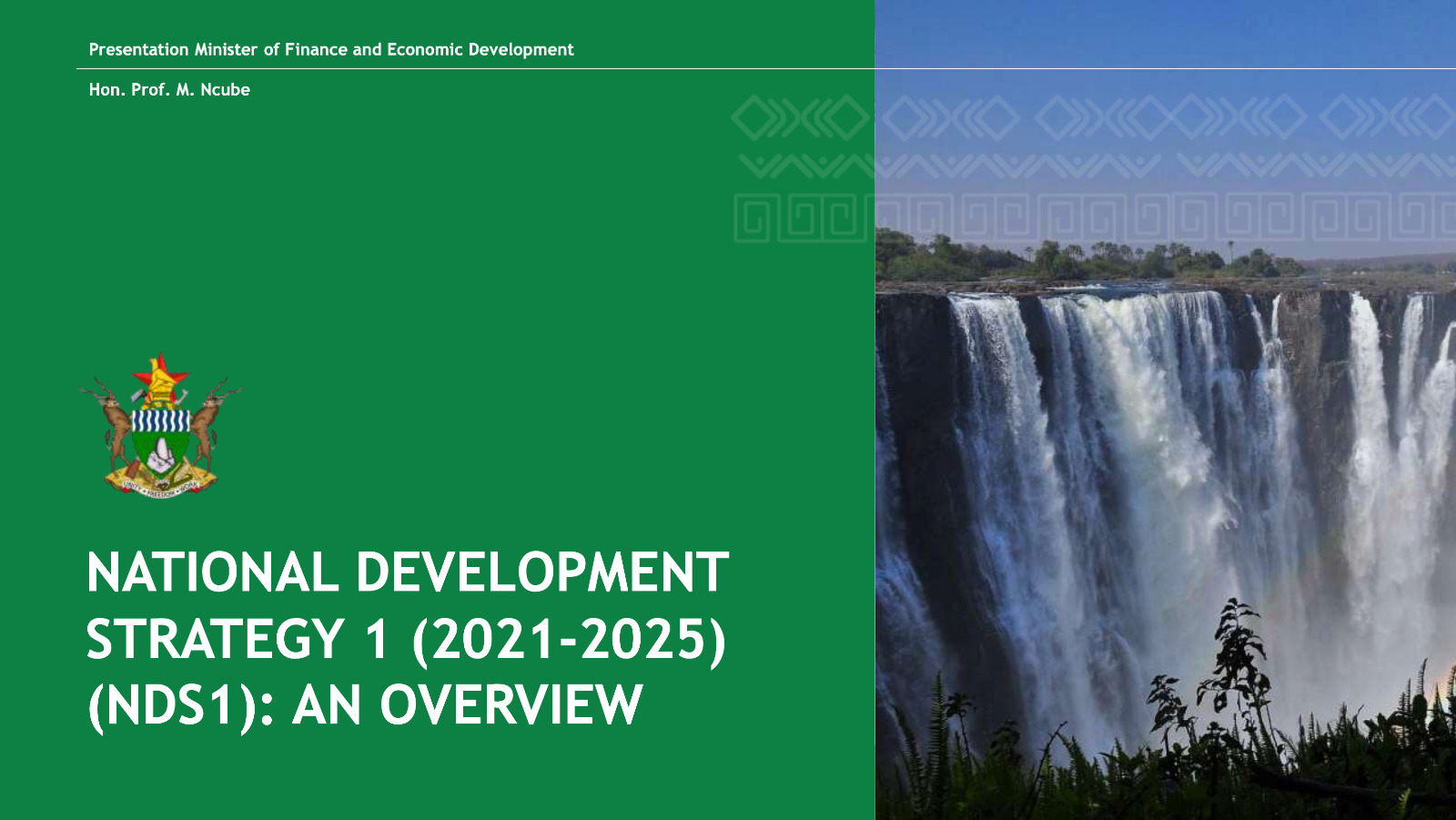By Ndafadza Madanha
THE National Development Strategy 1 (2021-25) has achieved the bulk of its targets and the country is now preparing for NDS 2 which will run from 2026-2030.
Zimbabwe’s second five-year development plan, the NDS 2 2026-2030 seeks to consolidate the achievements recorded under NDS1 and accelerate the transformational process for attaining Vision 2030 of a Prosperous and Empowered Upper Middle-Income Society.
According to Cabinet among the notable successes of NDS1 include strong GDP growth, increase in foreign currency reserves, and introduction of the ZIG, growth in the agriculture and mining sectors.
“Under NDS 1 (2021-2025), Zimbabwe achieved substantial progress across the 14 Thematic Areas. A strong average real Gross Domestic Product (GDP) growth was achieved from the start of NDS 1, while annual inflation declined.
The economy demonstrated remarkable resilience despite global shocks that included the COVID-19 pandemic, tightening of international financial conditions, geopolitical tensions and climate-related shocks.
The economy is projected to grow by 6.6% in 2025, up from 1.7% recorded in 2024.
This growth is anchored on the recovery in agriculture, strong mining output and renewed investment in the manufacturing sector.
The introduction of the local ZiG currency operating alongside other multi-currencies stabilised the exchange rate and restored confidence in the local currency.
Foreign reserves rose from about US$276 million in April 2024 to over US$900 million by October 2025, prompting the World Bank to rank Zimbabwe first among the top 10 countries in the world that made significant progress in foreign currency reserves accumulation.
The country registered significant successes on most projects during NDS 1, leveraging on domestic resources. Notable infrastructure projects completed under NDS 1 include the Trabablas Interchange, the Robert Gabriel Mugabe International Airport Expansion, the Hwange Units 7 & 8 which added 700 megawatts to the national grid as well as extensive road rehabilitation under the Emergency Road Rehabilitation Programme I and II, covering both urban and rural area.”
Additionally capacity utilisation in the manufacturing sector increased, and agriculture productivity recorded phenomenal increase over the period.
Maize output and wheat production reached national self-sufficiency of 375 000 metric tonnes in 2022 and exceeded the 600 000 metric tonnes achieved in 2025, while tobacco output rose to a record 355 million kilogrammes.
The NDS 2 has identified 10 National Priority Areas transcending across all sectors of the economy, namely: Macro-Economic Stability and Financial Sector Deepening; Inclusive Economic Growth and Structural Transformation; Infrastructural Development and Housing; Food Security, Climate and Environment; Science, Technology, Innovation, Digital and Human Capital Development.
Job Creation, Youth Development, Sport, Creative Industry and Culture; Regional Development and Industry through Devolution and Decentralisation; Social Development, Gender and Social Protection; Image Building, International Relations and Trade; and Governance, Institution Building, Peace and Security.
